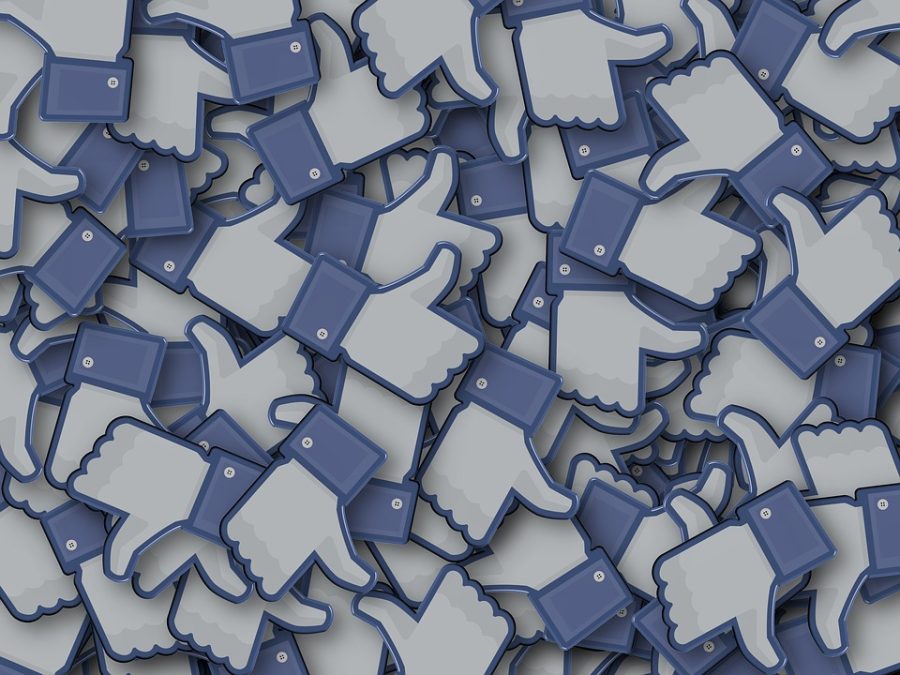Why Do We <3 the "Like" Button?
The Facebook “like” button started a cascade of addictive tendencies toward online social presences. Photo courtesy of Pixabay.
March 2, 2022
It is no surprise that inventions can diverge from their original purpose, and the revolutionary creation of the social media “like” button is no exception. The pure, innocent intentions of the “like” feature have unpredictably spiraled out of control. Beginning in 2005, likes were introduced by the video site, Vimeo. However, it took until 2009 for the button to gain public attraction when it was adopted by Facebook. The ancestral “Awesome Button” served a simple purpose: eliminate the redundant “Congratulations” and “So cool!” comments left on every Facebook post. Over the years though, the basic button for cleaning up boring comments has engendered social media bias as well as validation addiction.
Through the Netflix documentary, The Social Dilemma, viewers came to the realization that the content we like on social media drives the generation of similar content. This endless pool of “for you” content keeps our discover pages single-minded rather than exposing us to different points of view. Samira Rajabi, director of technology-influenced pedagogy at the University of Colorado summarizes the correlation between the like button and bias as she states, “What we don’t recognize is that we are cultivating bias through what we like. We act like the companies are doing it independently of us, but we are their labor force in a lot of ways.”
Furthermore, the existence of the like button has severely impacted teenagers due to the desire for pleasure and validation. The conception of teens and social media is that they all suffer from an unhealthy addiction with their online presence, but why? A University of California study on the teenage brain offers an explanation to why likes create addiction. The study found that “a certain part of the brain associated with rewards hums with activity whenever teens see one of their photos earn a lot of ‘likes’.” The MRI machine used in the study revealed that when teens received likes on their posts, their nucleus accumbens (a part of the brain that plays an important role in processing rewarding stimuli) became highly active. The pleasure derived from receiving likes through this study has been compared to the same pleasure experienced when winning money or eating chocolate. This rewarding sensation is one of the prime factors in developing an obsession with likes on social media.
As the toxic nature of likes has become more evident, social media platforms have been developing ways to mitigate the undesirable aspects of the feature. For example, the VSCO app prohibits the public viewing of likes and comments in order to encourage creativity and remove the pressure of achieving popularity. Instagram has also recently added a feature that allows individuals to hide the number of likes they receive on a post.
While the like button has its downsides, it has still undeniably contributed to the friendly and interactive online environment. Social media at the root does not necessarily cause addiction, but rather it is the pleasure we gain from validation and our tendency to place excessive value on an insignificant button that has led society to build a parasitic relationship with likes. In the future, social media platforms may develop several ways to combat the negative side effects associated with likes, yet the human brain will remain hardwired to be charmed by the gratification of the like button.









